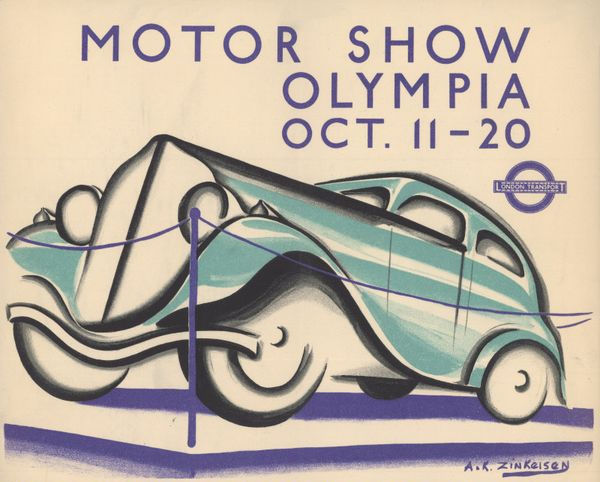First City of The Pacific Discovered
- Editor OGN Daily
- Apr 23, 2024
- 1 min read
Updated: Nov 10, 2024
A monumental discovery that's nearly 2,000 years old has been made on the island nation of Tonga, where the outlines of a large urban civilization has been uncovered using aerial laser technology.

This tech has already been used to reveal previously unknown settlements in Central and South America, and has now discovered almost 10,000 earthen mounds within what could be one of the first cities ever constructed in the Pacific - just 12 kilometres from Tonga's capital Nuku’alofa.
“Earth structures were being constructed in Tongatapu around AD 300. This is 700 years earlier than previously thought,” study author and Ph.D. scholar Phillip Parton at the Australian National University, told ABC News. “As settlements grew, they had to come up with new ways of supporting that growing population. This kind of setup - what we call low-density urbanization - sets in motion huge social and economic change,” he added.

Phillip Parton said the new timeline also suggested that urbanisation in the Pacific occurred before Western influence.
Insights into population centers in the Southern Hemisphere during the European Middle Ages are changing archaeologists’ understanding of the concept of urbanism. One tends, Mr. Parton argues, to imagine compact European cities from this time period - with windy cobblestone alleys and multi-tiered housing.
This is different kind of urbanism, one which may have been a template that spread across Oceania, and which may not be the only one of its kind out there. "This is just the beginning in terms of early Pacific settlements. There's likely still much to be discovered," says Parton.



